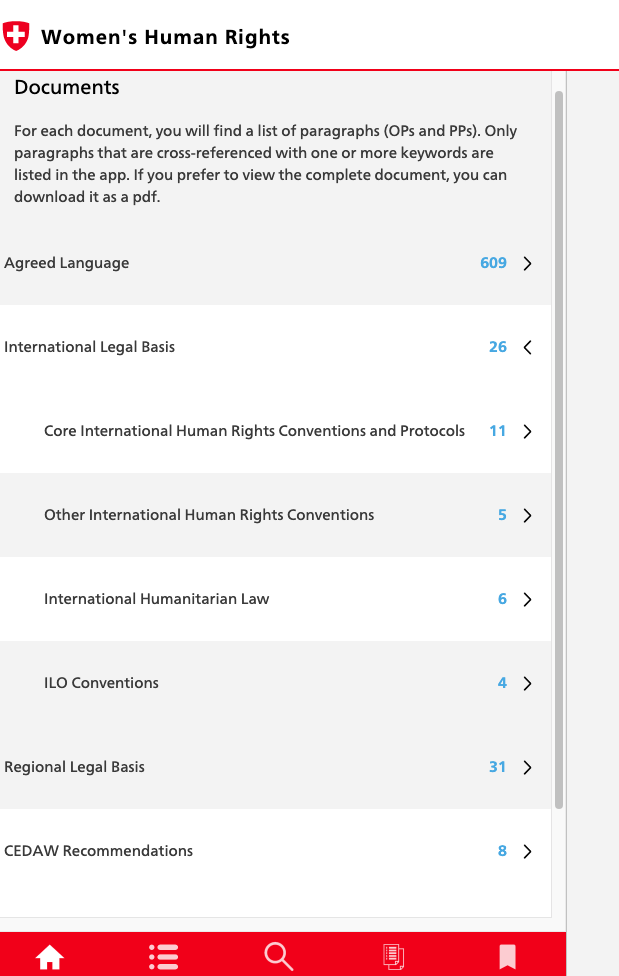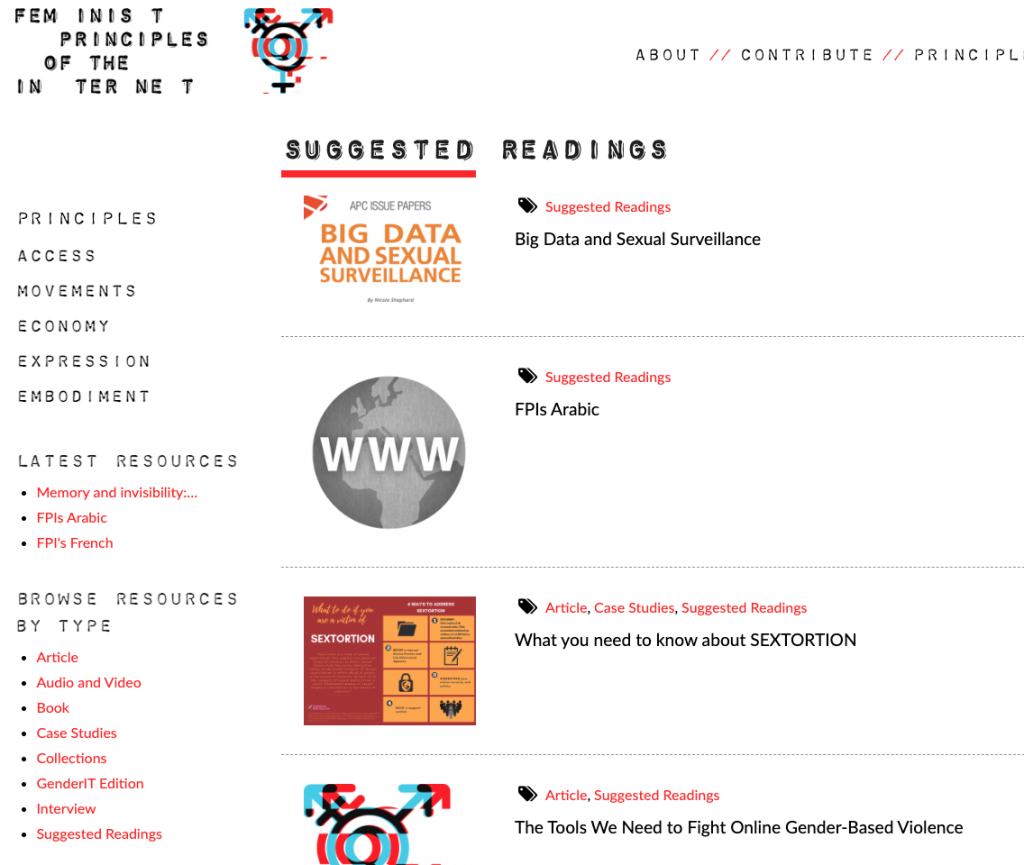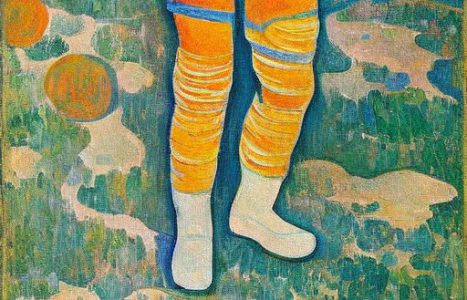Achieving strong gender equality outcomes requires adequate, sustained financing in support of gender equality and women’s empowerment. The international community has long recognized that investing in women-led crisis response and prioritizing gender equality are key to effectively meet humanitarian and recovery needs, and to achieve peace and prosperity1.
Additionally, on the United Nations’ 2030 Agenda for Sustainable Development2, stakeholders committed to working for a significant increase in investments to achieve gender equality and empower women.
However, despite global commitments to improving gender equality, the issue of women leaders in conflict and humanitarian aid has been given little or no attention.
The survey of Women Humanitarians3, conducted by United Nations Office for the Coordination of Humanitarian Affairs (UN OCHA) of over 1000 women humanitarians in 115 countries, found three unique attributes women bring to humanitarian action: firstly, the ability to speak to women from affected communities; secondly, unique perspectives; and lastly, a unique style of leadership.
Women’s representation and engagement in leadership roles would put women’s issues at the front of the global agenda, challenge the traditional hierarchies of knowledge and power by highlighting undervalued and unrecognised knowledge, and advocate for more inclusive, diverse and representative decisions. Evidence from leading humanitarian organisations suggests that global efforts to protect and assist people caught up in conflict and national disasters will be more effective if more women contribute in leadership roles4.
In an article for The Lancet journal, it is stated that the humanitarian system requires a major reform of leadership and coordination models, as the current system does not reflect the complexity and diversity of current humanitarian emergencies. The author further notes that for any leadership revision to occur, governments, UN agencies, multilateral organisations, and international NGOs need to put aside differences and relinquish authority, influence, and funding5.
This may in turn, assist in the leadership change required to better meet the needs of those affected by conflict and humanitarian emergencies, as women are generally more likely to be displaced and subjected to gender based violence and livelihood loss.
As an example of this statement, Cooperative for Assistance and Relief Everywhere (CARE) International’s research on women working in the humanitarian sector shows that women might be better at identifying needs and realities of different groups; they may be able to use social capital and networks to reach other women at different geographical levels; they might provide a space for women’s voices, and supporting women’s leadership potential; provide solidarity to other women and girls in day-to-day spaces and activism; and may help to make interventions gender transformative, and potentially more sustainable6.
Empowering gender equality in the digital sphere
With the digital revolution transforming how humanity lives, works and relates with one another, the growth and uptake of information and communications technologies (ICTs) have the potential to improve access to information and services or enable collective action for social justice7. It is within the ICT context where agendas are discussed, fed back and built, and where users have the opportunity to be able to observe the different edges of the same issue, so it is important to feed these contexts with a gender-perspective that seeks to build inclusive spaces.
Users are eager for sustained and strengthened political and financial investments to accelerate progress towards gender equality. Whether it is through mass awareness campaigns like #MeToo and #SheLeadsInCrisis, gender supportive apps, collecting data on women, or conducting regular reviews on progress in the pursuit of gender equality. Public expects the institutions to take urgent action and ensure commitments to gender equality.
To illustrate the widespread use of the Internet by gender activists, J. Earl (2010) carried out a study on online and offline protest trends, analyzing the websites of different organizations in twenty thematic areas. Among the results, it can be seen that the political movements framed in the thematic dimension “women” present a higher level of online protest actions, around more than 80%, over topics like poverty, privacy and education8.
With this, any initiative that supports the cause of reducing the gender gap in the humanitarian aid field, is a step towards creating a “new” humanitarian aid system, becoming more multilateral and equitable.
Nowadays as a tool for activism, users use the ICTs to share their stories, raise awareness and organize collective actions. Spaces such as internet campaigns and social networks have revolutionized and become the most powerful form of activism and humanitarian action today.
To illustrate this, an initiative performed on an online basis is #VisibleWikiWomen, which was born from the lag of images and biographies of women on Internet, especially on the Wikimedia Commons site, popularly known as Wikipedia. Alongside to support the gender equality, one of its goals is to focus on including more photographs of black, brown and indigenous women.
Regarding apps, there is W’sHR, created by the Swiss foreign policy in collaboration with the Interdisciplinary Centre for Gender Studies (ICFG) at the University of Bern. W’sHR provides quick and easy access to normative standards in the field of women’s rights and gender equality. Researchers, representatives of civil society, legal experts, the media and UN staff can all use this digital database to research women’s rights and gender issues and easily access documents9.

Another example es Girl Rising, an app developed with support from Vodafone India Foundation and where users complete tasks to help a character get to school, but also use quizzes to help people identify gender-based discrimination, question the norms, and learn more about women’s achievements10.
Like the previous digital initiatives, there are several examples which add points on gender equality in the humanitarian sector.
The main hinder: Owning a mobile
According to The Mobile Gender Gap Report11, in most of the low-and-middle income- countries (LMICs), mobile is the primary way most people access the internet, especially women. Additionally, less than 20% of women were less likely than men to own a smartphone. Despite a perception that mobile ownership is near universal, more than 372 million women in LMICs still do not own a phone, compared to 239 million men.
The results of this survey also reports that the affordability of handsets is a substantial barrier to mobile ownership for women and is reported as the top barrier. In second and third place are the lack of digital literacy and the lack of family approval in preventing women from progressing along the mobile internet user journey.
Another hinder of using mobile internet which could be classified as “external” is that some users give themselves the luxury of anonymity, in order to violate gender rights.
As O’Donnell and Sweetman (2018) mentioned, ICTs play a role in offline violence including stalking, harassment, and invasion of privacy, and new forms of violence are evolving that are unique to the online environment. In addition, this type of abuse that begins online can be reproduced offline and vice versa7.
According to the European Institute of Gender Equality, among the main forms of cyber violence as a form of gender-based violence can be found: cyber harassment, cyber stalking and non-consensual pornography. Besides, the data on cyber violence against women in the EU is scarce and consequently there is very little known about the actual percentage of women victims of cyber violence and the prevalence of harm12. The situation is even more unfavourable in LMICs countries.
To mitigate this, there are some interesting initiatives to fight against cyber violence as a gender issue, one of these is the “Feminist Principles of the Internet“13, a set of statements created by the Association for Progressive Communications that provide a framework for women’s movements to articulate and explore issues of gender representation through the digital sphere. The website also includes suggested readings, articles, case studies and news related to gender equality in the digital landscape.

Conclusions
Women still face a multitude of barriers to participation in leadership spheres, including in the humanitarian aid sector. Additionally, even though ICTs are doing a great effort to eliminate the gender gap within the digital sphere, it can be considered that the female image without voice and power to transform their community reality, social or politically is still there.
Issues like poverty, male-dominated cultures and harassment have further compounded the longstanding gender inequities in the organisational culture and technology sphere.
Closing the gender gap in ICTs is not just a task of technology operators or nongovernmental organisations, it is a process still in development and, given the digital nature, it is also a changing reality. Institutions from governments, companies and NGOs need to address gender imbalanced regulations and the enabling pro-gender environment.
Until then, it can be said that technology will never stop gender gaps as if by magic with the tap of an icon. For this reason, it is essential to consider what is understood as humanitarian action and gender activism, how international institutions and organisations have applied them and reflect on the next steps to follow in order to be considered as truly change and not as one more addition at the end of their agendas.
About the blog dynamic
Regarding the blog, I found it to be a very enriching exercise since it was my first-time blogging. For this reason, it motivated me to delve deeper into content creation and editing, not only through the tutorials we witnessed during the module but also through other sources. I believe that blogging also uncovers creativity, it felt as a blank page but with a very wide scope.
I must comment that of the stages of creating What The Aid, our blog, the one I enjoyed the most was editing and design, since I was responsible for the selection of the color palette and the creation of the logo, despite the fact that I do not have a design background. From words of my peers, they liked the result and apparently the audience did too.
Another highlight of the exercise was the creation of an interactive post, a thing that uncovered creativity among the group member and adapts to the needs of a more dynamic and different digital content for the audience.
Additionally, the interaction in social media, receiving comments and questions, and being able to comment on other posts from other groups favored the enrichment of knowledge and the exchange of ideas.
It was also interesting to be able to experience that a blog requires time, from the creation of content to the use and interaction of social networks. If we were to mention the advantages, I could say that blogging also facilitates networking, since it makes it easy to see what others think of a topic, receive feedback, etc. It also involves inserting a narrative and including on it elements that delve into the subject, such as images and videos.
At the end of the exercise, it is interesting to reflect and/or to compare with the communication plan that we delivered at the beginning of the period, in order to review the guidelines that we write according to the target audience, style, interaction in networks and contents. Definitely a very enriching experience personally and professionally.
References
1.UN Secretary General Report, Women, Peace and Security (2020); CARE, Women’s Equal Voice and Leadership Position Paper (2020), https://insights.careinternational.org.uk/media/k2/attachments/CARE_Womens-equal-voice-and-leadership-position-paper_2020.pdf]. Accessed 1 Nov 2022
2. United Nations. Goal 5: Achieve gender equality and empower all women and girls. https://www.un.org/sustainabledevelopment/gender-equality/. Accessed 1 Nov 2022.
3. UNOCHA. Results summary: survey of women humanitarians. In: Centre forhumdata; 2019. https://centre.humdata.org/wp-content/uploads/2019/09/ OCHA-Survey-for-Women-Humanitarians-Presentation-2.pdf. Accessed 2 Nov 2022.
4. Red Cross Red Crescent commits to women’s leadership at Asia Pacific and Middle East humanitarian summit Manila/Geneva. International Federation of Red Cross and Red Crescent Societies. 2018. https://media.ifrc.org/ifrc/ press-release/red-cross-red-crescent-commits-womens-leadership-asiapacific-middle-east-humanitarian-summit/. Accessed 1 Nov 2022
5. Spiegel PB. The humanitarian system is not just broke, but broken: recommendations for future humanitarian action. Lancet.
https://www.thelancet.com/journals/lancet/article/PIIS0140-6736(17)31278-3/fulltext . Accessed 1 Nov 2022
6. Lindley-Jones H, Pattni T. Women responders: placing local action at the Centre of humanitarian protection programming: Humanitarian Practcie Network; 2018. https://odihpn.org/blog/women-responders-placing-localaction-centre-humanitarian-protection-programming/. Accessed 2 Nov 2022
7. O’Donnell, A. & Sweetman, C. 2018: Introduction: Gender, development and ICTs., Gender & Development, 26:2, 217-229
8. Earl, J. (2010). Changing the world one webpage at time: conceptualizing and explaining internet activism. Mobilization: An International Journal, 15(4), 437-440. https://www.corais.org/sites/default/files/earl_2010_internet_activism.pdf. Accessed 5 Oct 2022
9. Women’s Human Rights App. About the app. Retrieved from https://womenshumanrights.ch/ . Accessed 3 Nov 2022
10. Marchildon, Jackie. Five mobile Apps that champion gender equality around the world. Global Citizen. https://www.globalcitizen.org/en/content/apps-from-women-deliver/. Accessed 1 Nov 2022
11. GSMA. The Mobile Gender Gap Report 2022. https://www.gsma.com/r/wp-content/uploads/2022/06/The-Mobile-Gender-Gap-Report-2022.pdf?utm_source=website&utm_medium=download-button&utm_campaign=gender-gap-2022 . Accessed 2 Nov 2022.
12. European Institute of Gender Equality. Cyber violence against women and girls. 2017, https://eige.europa.eu/publications/cyber-violence-against-women-and-girls Accessed 5 Oct 2022.
13. APC. Feminist Principles of the Internet. 2016. https://feministinternet.org/. Accessed 5 Oct 2022.


